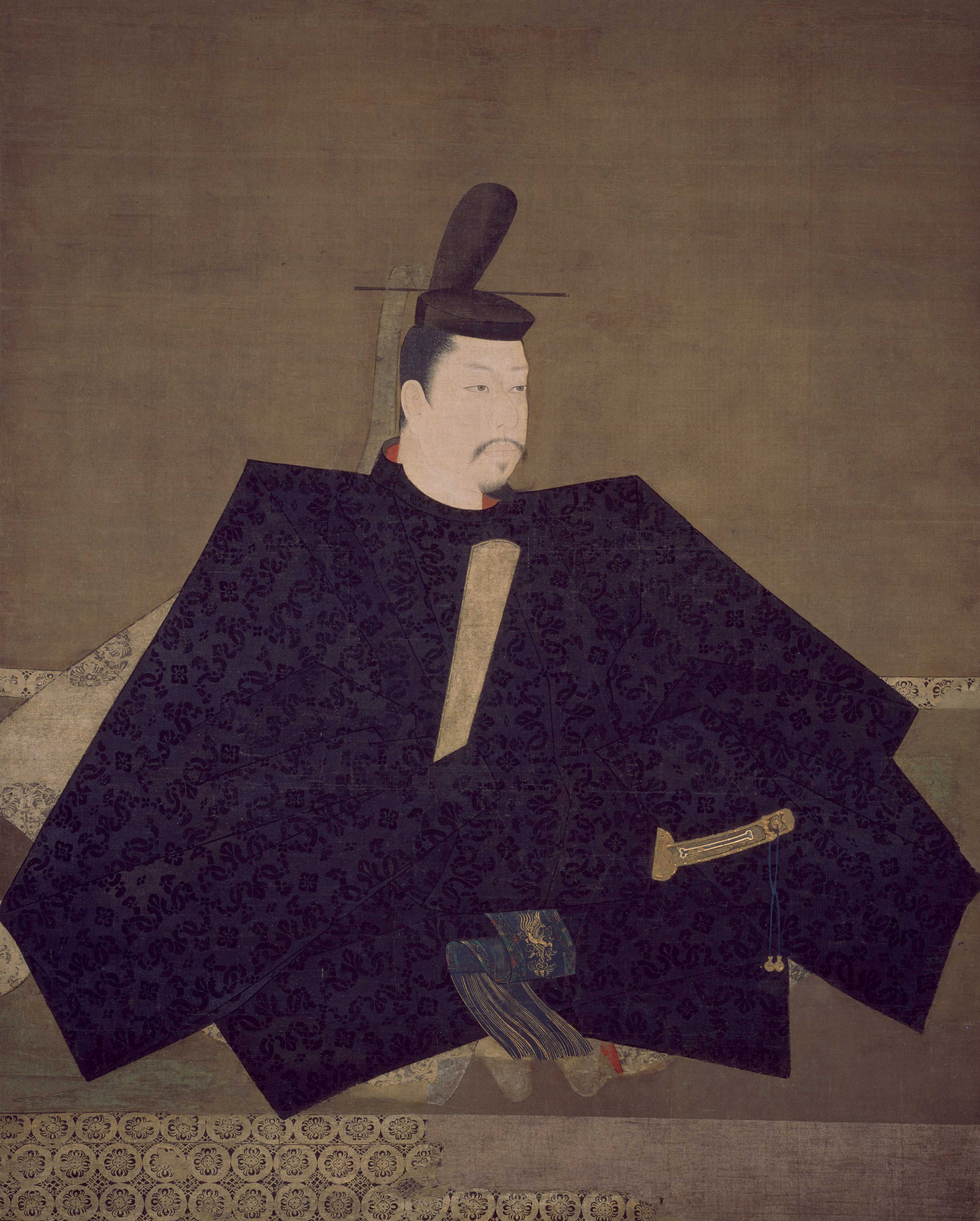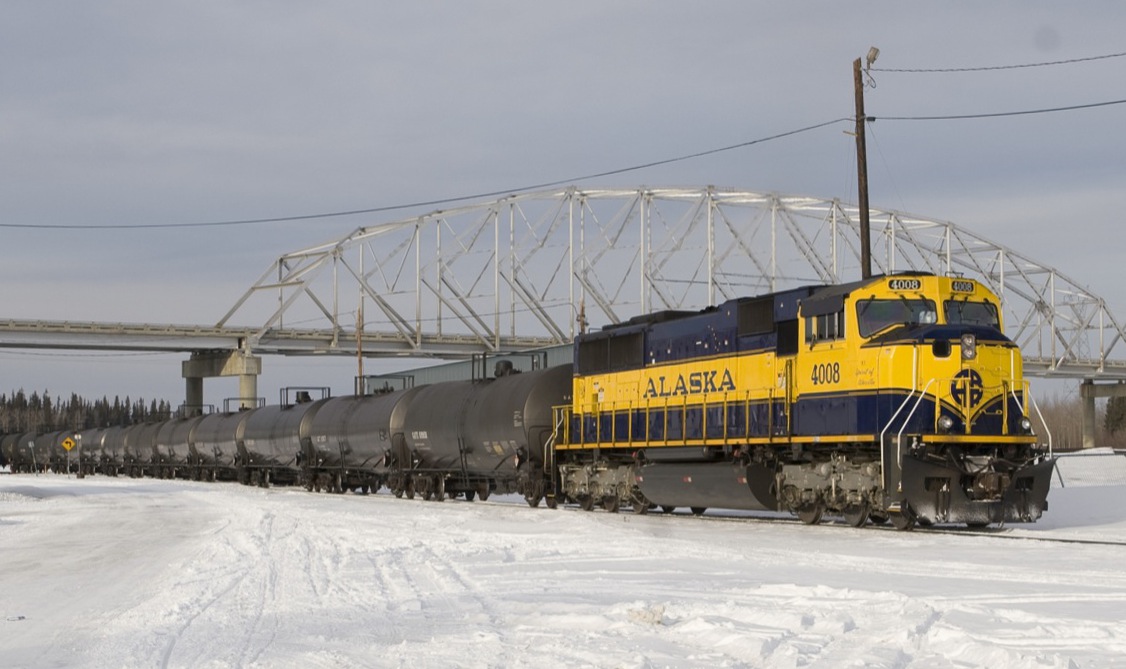|
ŇĆfuna Station
ŇĆfuna Station (, ) is a railway station in Kamakura, Kanagawa, Japan, operated by East Japan Railway Company (JR East) and Shonan Monorail. Lines ŇĆfuna Station is served by the Tokaido Main Line, ShŇćnan-Shinjuku Line, Negishi Line (Keihin-TŇćhoku Line), Yokosuka Line, as well as the Shonan Monorail. It is 46.5 km from the terminus of the TŇćkaidŇć Main Line at Tokyo Station. Station layout ŇĆfuna Station is an elevated station with five island platforms serving a total of 11 tracks. The adjacent Shonan Monorail station has a single bay platform. There are above-track station buildings at both ends of the platforms, toward Fujisawa and toward Totsuka, offering passage between lines inside the ticket gates. The Kashio River, which runs between the two current station buildings, is a city boundary, meaning that the end of the station near Fujisawa is in Kamakura, Kanagawa, Kamakura, while the end toward Totsuka is in Sakae-ku, Yokohama. However, the station master's office ... [...More Info...] [...Related Items...] OR: [Wikipedia] [Google] [Baidu] [Amazon] |
Kamakura, Kanagawa
, officially , is a Cities of Japan, city of Kanagawa Prefecture in Japan. It is located in the Kanto region on the island of Honshu. The city has an estimated population of 172,929 (1 September 2020) and a population density of 4,359 people per km2 over the total area of . Kamakura was designated as a city on 3 November 1939. Kamakura was Japan's ''de facto'' capital when it was the seat of the Kamakura shogunate from 1185 to 1333, established by Minamoto no Yoritomo. It was the first military government in Japan's history. After the downfall of the shogunate, Kamakura saw a temporary decline. However, during the Edo period, it regained popularity as a tourist destination among the townspeople of Edo (Tokyo), Edo. Despite suffering significant losses of historical and cultural assets due to the 1923 Great KantŇć earthquake, Great KantŇć Earthquake in 1923, Kamakura continues to be one of the major tourist attractions in the Kanto region, known for its historical landmarks such as ... [...More Info...] [...Related Items...] OR: [Wikipedia] [Google] [Baidu] [Amazon] |
Utsunomiya Line
The Utsunomiya Line () is the name given to a section of the TŇćhoku Main Line between Tokyo Station in Tokyo and Kuroiso Station in Nasushiobara, Tochigi, Japan. It is part of the East Japan Railway Company (JR East) network. Services Services on the Utsunomiya Line are typically divided into three categories: services to or from Ueno, ShŇćnan‚ÄďShinjuku Line services, and Ueno‚ÄďTokyo Line services. Between Ueno and ŇĆmiya, trains share the track with the Takasaki Line, both of which serve as ''de facto'' express services compared to the parallel Keihin‚ÄďTŇćhoku Line. Northbound services mostly terminate at or , with some at . Southbound trains mostly travel through the ShŇćnan‚ÄďShinjuku Line to on the Yokosuka Line, or the Ueno‚ÄďTokyo Line to on the TŇćkaidŇć Line, with a few trains terminating at Ueno. The fastest service on the line, the rapid ''Rabbit'', makes the run between Ueno and Utsunomiya in 1 hour and 26 minutes. Service on the line is generally divided ... [...More Info...] [...Related Items...] OR: [Wikipedia] [Google] [Baidu] [Amazon] |
Railway Stations In Kanagawa Prefecture
Rail transport (also known as train transport) is a means of transport using wheeled vehicles running in railway track, tracks, which usually consist of two parallel steel railway track, rails. Rail transport is one of the two primary means of land transport, next to road transport. It is used for about 8% of passenger and rail freight transport, freight transport globally, thanks to its Energy efficiency in transport, energy efficiency and potentially high-speed rail, high speed.Rolling stock on rails generally encounters lower friction, frictional resistance than rubber-tyred road vehicles, allowing rail cars to be coupled into longer trains. Power is usually provided by Diesel locomotive, diesel or Electric locomotive, electric locomotives. While railway transport is capital intensity, capital-intensive and less flexible than road transport, it can carry heavy loads of passengers and cargo with greater energy efficiency and safety. Precursors of railways driven by human or an ... [...More Info...] [...Related Items...] OR: [Wikipedia] [Google] [Baidu] [Amazon] |
Enoshima
is a small offshore island, about in circumference, at the mouth of the Katase River which flows into the Sagami Bay of Kanagawa Prefecture, Japan. Administratively, Enoshima is part of the mainland city of Fujisawa, Kanagawa, Fujisawa, and is linked to the Katase section of that city by a bridge. Home to some of the closest sandy beaches to Tokyo and Yokohama, the island and ShŇćnan, adjacent coastline are the hub of a local resort area. History Classical era Benzaiten, the goddess of music and entertainment, is enshrined on the island. The island in its entirety is dedicated to the goddess, who is said to have caused it to rise from the bottom of the sea in the sixth century. The island is the scene of the ''Enoshima Engi'', a history of shrines on Enoshima written by the Buddhism in Japan, Japanese Buddhist Bhikkhu, monk KŇćkei (monk), KŇćkei in 1047 AD. Modern era In 1880, after the Shinbutsu bunri, Shinto and Buddhism separation order of the new Government of Meiji Japan, ... [...More Info...] [...Related Items...] OR: [Wikipedia] [Google] [Baidu] [Amazon] |
Yokohama Dreamland
Yokohama Dreamland was an amusement park that operated in Totsuka-ku, Yokohama, Totsuka, Yokohama, Japan from 1964 to 2002. The management company, :ja:śó•śú¨„ÉČ„É™„Éľ„ɆŤ¶≥ŚÖČ, Japan Dream Tourism, was acquired by the supermarket chain Daiei in 1993, and the amusement park List of abandoned amusement parks, closed permanently on February 17, 2002, due to financial issues. At the time of its closing, the amusement park was downsized to . It was the sister park to Nara Dreamland, which itself closed permanently four years later. Beginning in May 1966, the park was served by the Yokohama Dreamland Monorail from ŇĆfuna Station. In September 1967, however, service on the line was suspended, due to structural issues resulting from engineering problems encountered in its construction. The closure was expected to be temporary, but a protracted legal battle over responsibility for the monorail's problems ensued, during which its infrastructure deteriorated significantly. After subsequent ... [...More Info...] [...Related Items...] OR: [Wikipedia] [Google] [Baidu] [Amazon] |
Yokohama Dreamland Monorail
The , formally the was a monorail connecting the Yokohama Dreamland amusement park to ŇĆfuna Station in Kamakura, Kanagawa, Japan. Operational for barely over a year between May 1966 and September 1967,Demery, Leroy W. Monorails in Japan', p.25. Carquinez Associates, 2005. various attempts to restart or rebuild the line continued for 35 years, until it was finally decommissioned in 2002. History Opened in August 1964, Yokohama Dreamland was Japan's first large-scale, modern amusement park and an instant hit. Due to its inconvenient location far from the nearest station, plans were soon drawn up to connect it to Ofuna Station by monorail, and a mere two years later, in May 1966, the Yokohama Dreamland Monorail was opened to the public, offering an 8-minute ride from Ofuna station to the park. Despite a steep fare (at the time) of ¬•170, the line was initially a hit, and with significant population growth in the area, plans were soon made to add an intermediate infill station ... [...More Info...] [...Related Items...] OR: [Wikipedia] [Google] [Baidu] [Amazon] |
Yokosuka Station
is a passenger railway station in located in the city of Yokosuka, Kanagawa, Japan, operated by East Japan Railway Company (JR East). Lines Yokosuka Station is served by the Yokosuka Line. It is located 15.9 km from ŇĆfuna Station, and 65.3 km from the Tokyo Station. Station layout The station consists of a bay platform and a side platform serving three tracks. Platform 1, formerly used for freight operations, is currently not in use. Platform 2 is used for trains which originate or terminate at Yokosuka, and Platform 3 is for bi-directional traffic. The station has a ''Midori no Madoguchi'' staffed ticket office. Platforms History Yokosuka Station opened on June 16, 1889 as the initial terminal station on the Japanese Government Railways (JGR) spur line from ŇĆfuna to serve the Yokosuka Naval Arsenal and related Imperial Japanese Navy facilities at Yokosuka. This spur line was renamed the Yokosuka Line on October 12, 1909. The present station building, the third ... [...More Info...] [...Related Items...] OR: [Wikipedia] [Google] [Baidu] [Amazon] |
Keihin TŇćhoku Line
Keihin may refer to: * Keihin region, Japan * Keihin Corporation, a brand of motorcycle and powersports carburetor, common on Japanese and other motorcycles, including Harley-Davidson * Keihin-TŇćhoku Line, a railway line in Japan * Keihin Ferry Boat, a ship operating company in Yokohama * Keihin Kyuko (), also known as or, more recently, , is a private railroad that connects inner Tokyo to Kawasaki, Yokohama, Yokosuka and other points on the Miura Peninsula in Kanagawa Prefecture. It also provides rail access to Haneda Airport in Tokyo. mea ..., a private railroad in Japan * Keihin Ports, the joint management organization for the ports of Kawasaki and Yokohama {{disambig ... [...More Info...] [...Related Items...] OR: [Wikipedia] [Google] [Baidu] [Amazon] |
SotobŇć Line
The is a railway line in Japan operated by the East Japan Railway Company (JR East) adjacent to the Pacific Ocean, on the eastern (i.e., outer) side of the BŇćsŇć Peninsula. It connects Chiba Station in Chiba, Chiba, Chiba to Awa-Kamogawa Station in Kamogawa, Chiba, Kamogawa, passing through ŇĆamishirasato, Mobara, ChŇćsei, Ichinomiya, Isumi, Onjuku, and Katsuura, Chiba, Katsuura. The line is connected to the UchibŇć Line at both ends. South of Kazusa-Ichinomiya is single track, and north of Kazusa-Ichinomiya is double track. Services In addition to local services, limited express and Rapid services run on this line. *Limited Express ''Wakashio'' : ‚Äď (KeiyŇć Line) ‚Äď ‚Äď :(some operate as all-stations "Local" services between and Awa-Kamogawa *Rapid ** ‚Äď (Yokosuka Line) ‚Äď Tokyo ‚Äď (SŇćbu Line (Rapid)) ‚Äď Soga ‚Äď **Tokyo ‚Äď (KeiyŇć Line) ‚Äď Soga ‚Äď ‚Äď Kazusa-Ichinomiya (some to/from Katsuura, or on the TŇćgane Line) ***Commuter Rapid services through to/from ... [...More Info...] [...Related Items...] OR: [Wikipedia] [Google] [Baidu] [Amazon] |
UchibŇć Line
The is a railway line operated by the East Japan Railway Company (JR East) adjacent to Tokyo Bay, paralleling the western (i.e., inner) shore of the BŇćsŇć Peninsula. It connects Soga Station in the city of Chiba to Awa-Kamogawa Station in the city of Kamogawa, passing through the municipalities of Chiba, Ichihara, Sodegaura, Kisarazu, Kimitsu, Futtsu, Kyonan, Tateyama, and MinamibŇćsŇć. The line is connected at both ends to the SotobŇć Line. The name of the UchibŇć Line in the Japanese language is formed from two kanji characters. The first, , means "inner" and the second, is the first character of the BŇćsŇć. The name of the line thus refers to its location along the inner part of the BŇćsŇć Peninsula in relation to the Tokyo Metropolitan Area, as opposed to the SotobŇć Line, "outer BŇćsŇć" which is on the opposite side of the peninsula. South of Kimitsu is single track, and north of Kimitsu is double track. Station list ;Legend * ‚óŹ : All trains stop * , : All tra ... [...More Info...] [...Related Items...] OR: [Wikipedia] [Google] [Baidu] [Amazon] |



